Significant Market Opportunity in Research Institutions
Deep Light Vision’s Ultrasound Optical Tomography Product Positioning:
Go to market strategy:
DLV will launch the UOT system in phases, starting with a research-use only (RUO) version, FDA-approved and CE-marked, for clinical trials and early adopters, followed by a full commercial launch. This phased approach will enable clinical validation and user feedback to refine the technology.




Current technologies face key limitations: shallow imaging depth less than a few centimeters, contrast agent dependency, radiation exposure, and high costs. UOT disrupts the market by offering:
These advantages position UOT as a disruptive technology in the medical imaging market, with opportunities for strategic partnerships, improved patient outcomes, and broader accessibility.
Ultrasound Optical Tomography (UOT) is a new and potentially ground-breaking technology in medical imaging alongside the traditional methods. In addition to cancer and emergency diagnostics, there are a number of possible applications of the technology for, for example, monitoring treatment response, diagnostics in non-acute conditions, and in sports medicine.
Our assessment is that the technology has the potential to revolutionize the market, and create a new use on a broad front within healthcare in a number of areas.
Two patent applications have been filed to protect the technology internationally. The patent applications cover technical solutions in a UOT system. The patent applications have been examined in the international phase (PCT) and will proceed for examination in the national phase in the countries and continents that represent the most important and largest markets.
The company intends to seek further patent protection for technical solutions that will be used in the research system that is now under development.